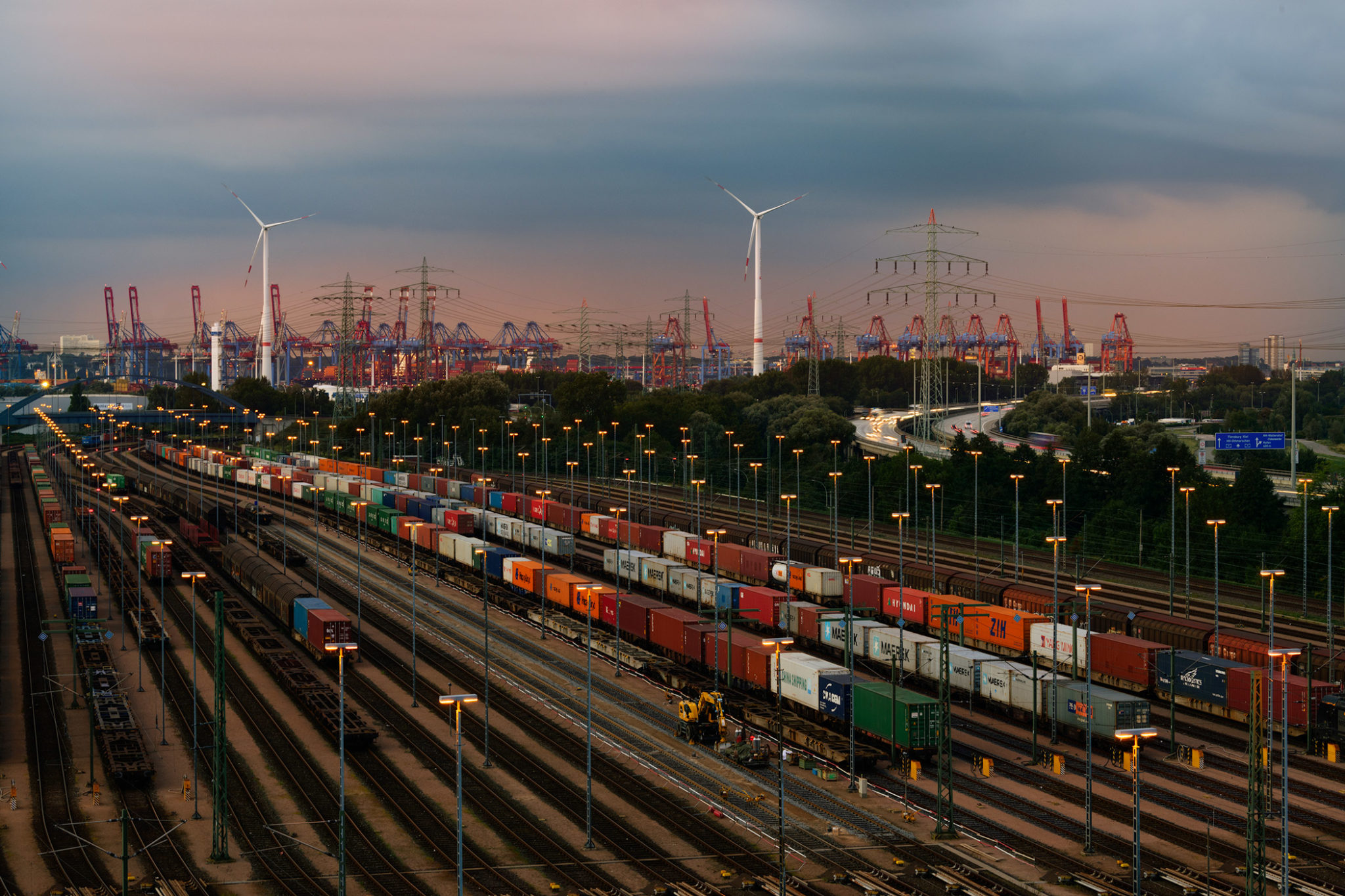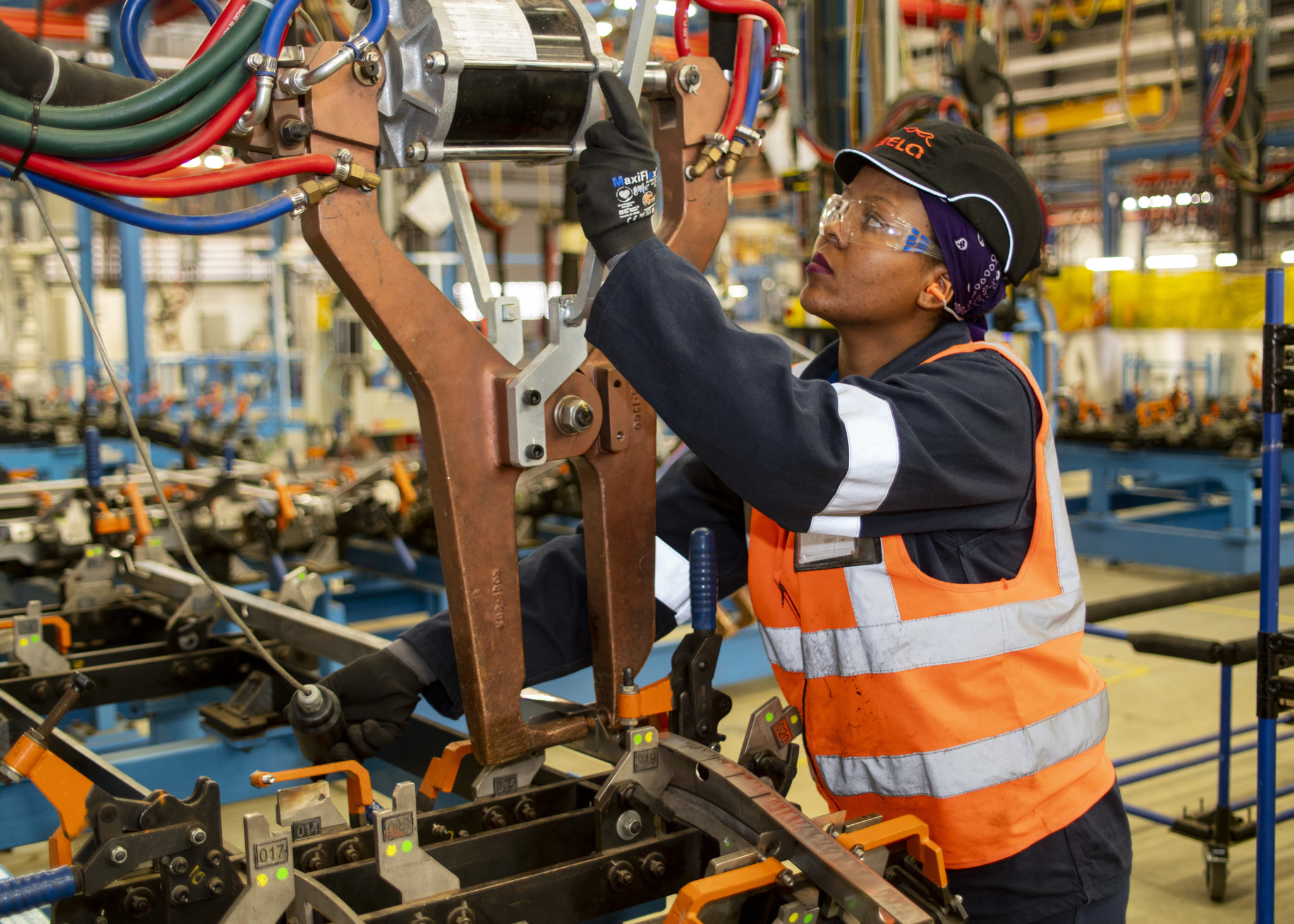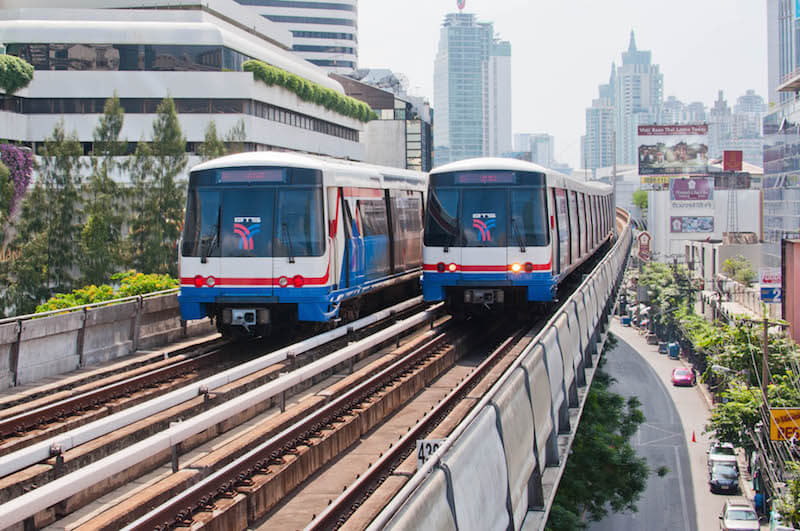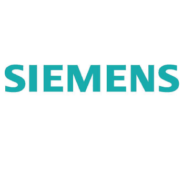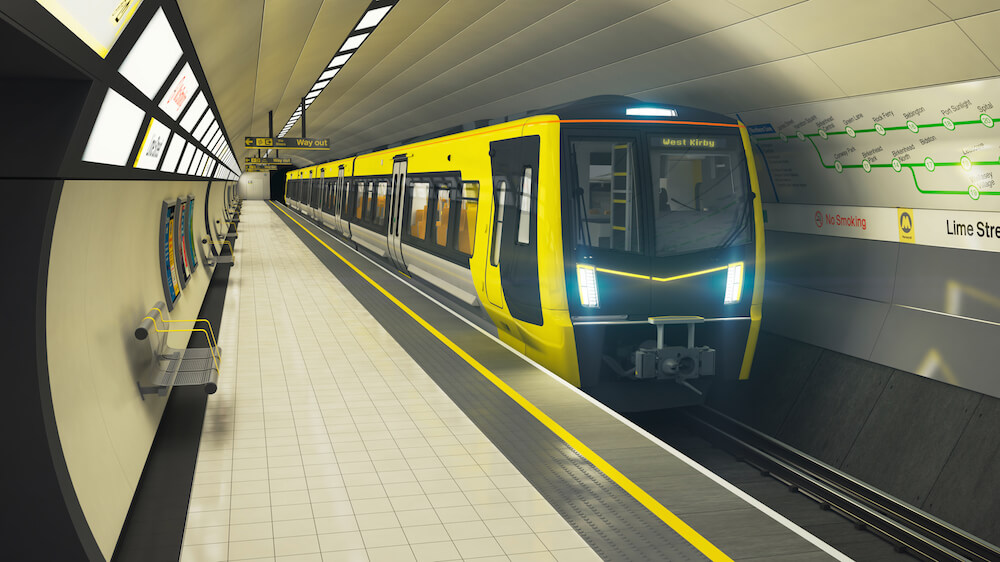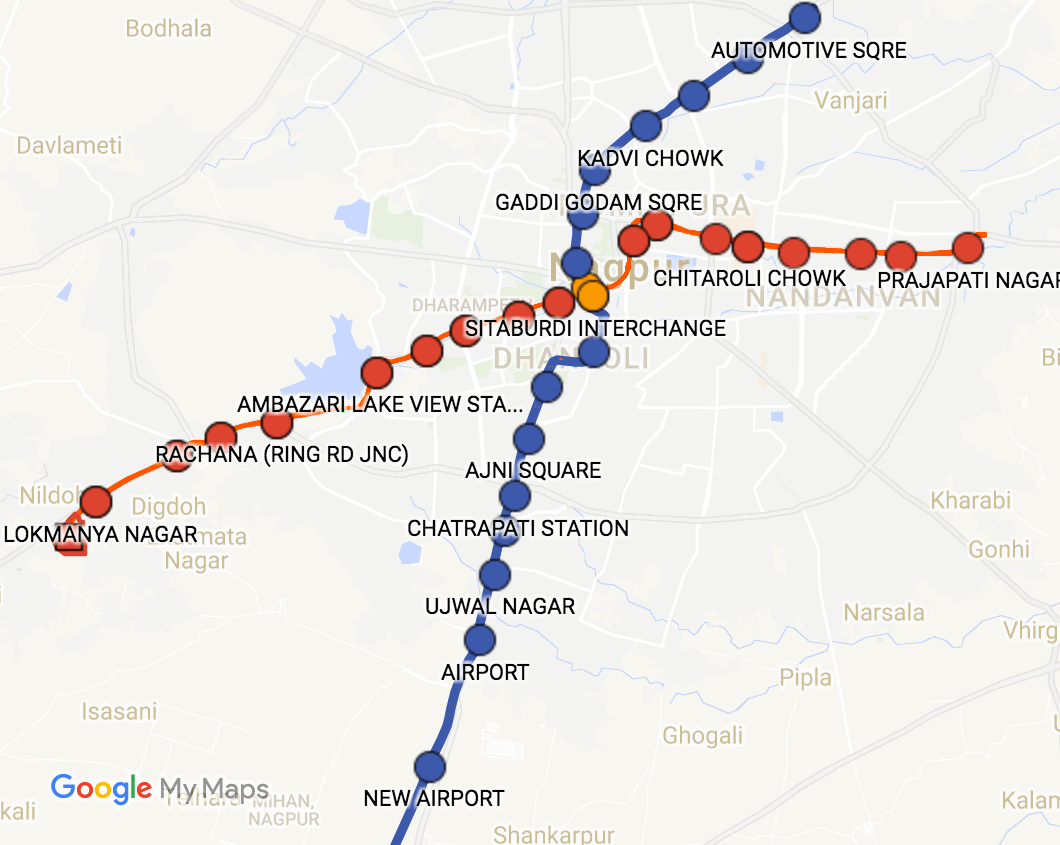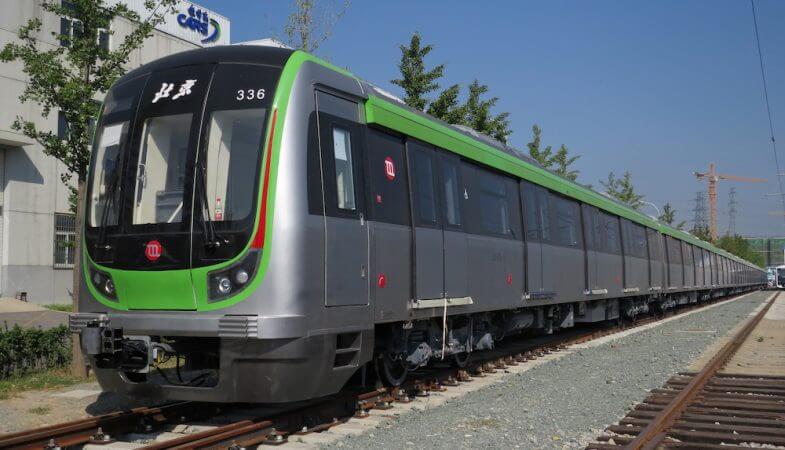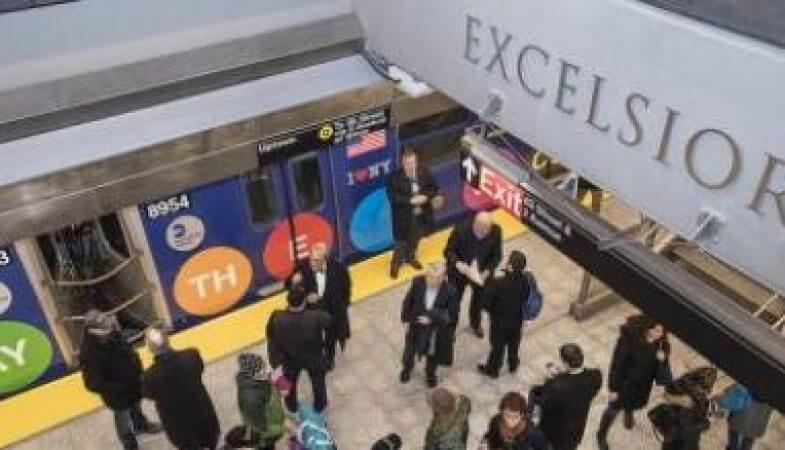The recent debate on the introduction of women-only carriages for British trains, as put forward by Labour leader Jeremy Corbyn in 2015 revived by a Labour MP in 2017, briefly directed attention towards the countries in which this option is already available: Iran probably makes the most extensive use of this type of segregation; separating the sexes entirely on buses, but not mainline trains, and providing women-only carriages on its metro system. This is probably the most striking feature of the service to someone in the West, but there are other interesting factors about this particular metro.
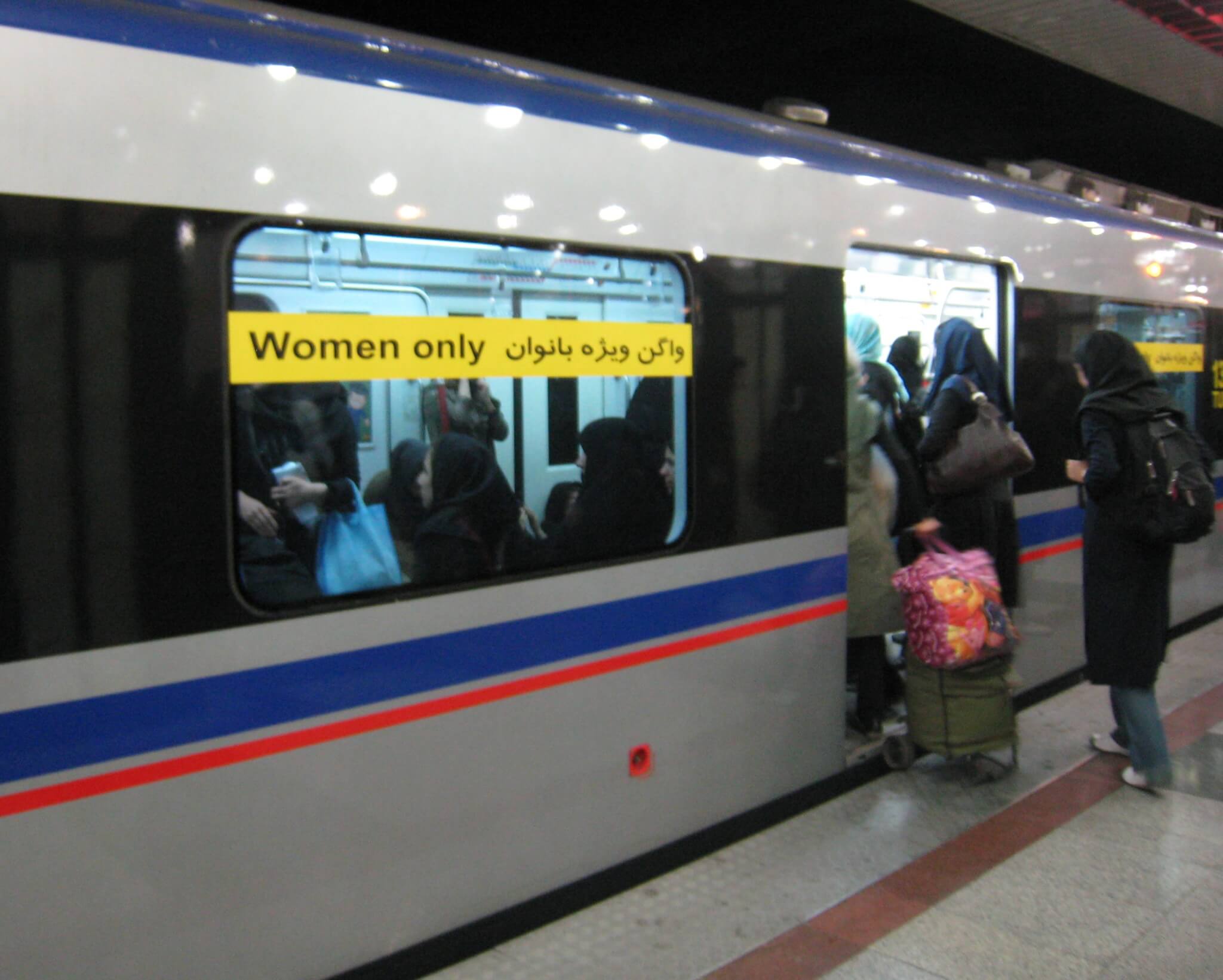
-
Busy, But Clean!
Tehran is the largest city in Western Asia and the capital of Iran, and so it’s hardly surprising that the metro which serves it is also the busiest in the Middle East. The pressures of providing this service, however, haven’t stopped it from being regularly considered the cleanest system in the world!
-
Derailed by a Revolution
The initial plans for a metro system in Tehran were touted in the 1960s and 70s, but development was delayed by the Iranian Revolution of 1979 and other sources of political turmoil in the Middle East. Construction finally started in the 1980s and the first line opened in 1999. The service now consists of 9 lines, including a direct link to Imam Khomeini International Airport which was completed in March, 2017.
-
Women-Only?
The women-only carriages on the Tehran metro differentiate it the most from Western subways, but the use of them by women is optional. Iran’s overground trains are currently unsegregated but there are plans to change that on the line between Tehran and Mashhad. It is also not the only country in which institutional segregation and discrimination, including the UAE, India and Mexico, or ubiquitous sexual harassment has caused the adoption of these policies. A rare example of women-only carriages in Europe exists in Austria: ÖBB’s Intercity trains have a women-only compartment as well as one for breastfeeding.
-
Capacity
The trains, which each have the capacity to carry almost 2000 passengers, travel along 1433 mm standard gauge track at a top speed of 80 km/h. In November 2017 the Tehran Urban & Suburban Railway Operation Company (TUSROC) announced its intention to purchase new carriages which will increase the ridership capacity on Line 2, which runs east-west across the city, to 100,000 people per day.
-
Headway
Almost 9 million people live in Tehran; the largest population of any city in Western Asia, and its metro is the busiest in the Middle East. The pressures of so many people travelling on the system has required a constant improvement in the frequency of services. As a result, it was just announced that the headway on Line 2 would be reduced to only 04:30 (as was previously done for Lines 3 and 4). As this is one of the busiest lines in the system, TUSROC also intends to reduce this time to 02:30 as soon as the new carriages are installed on the trains.

















